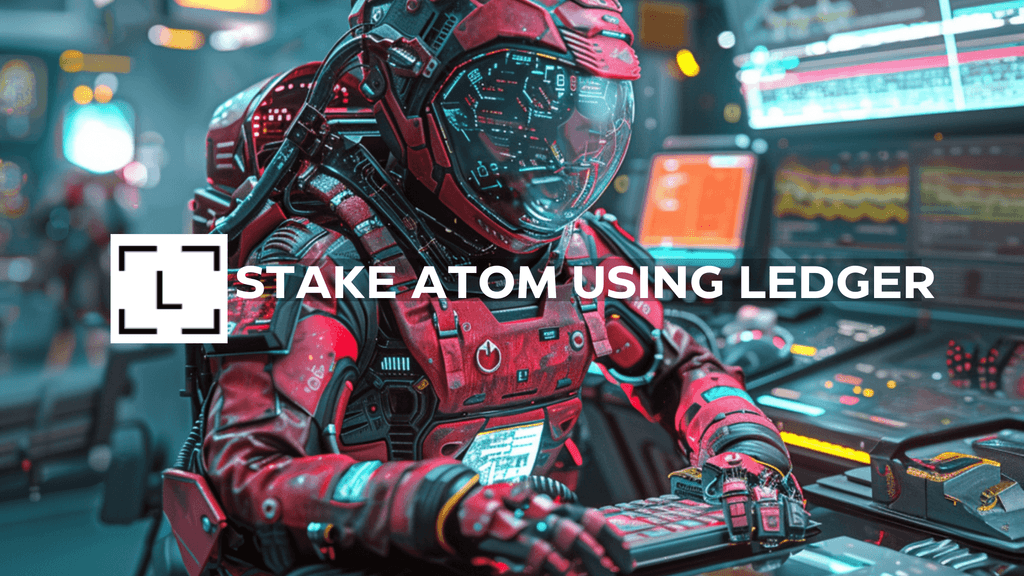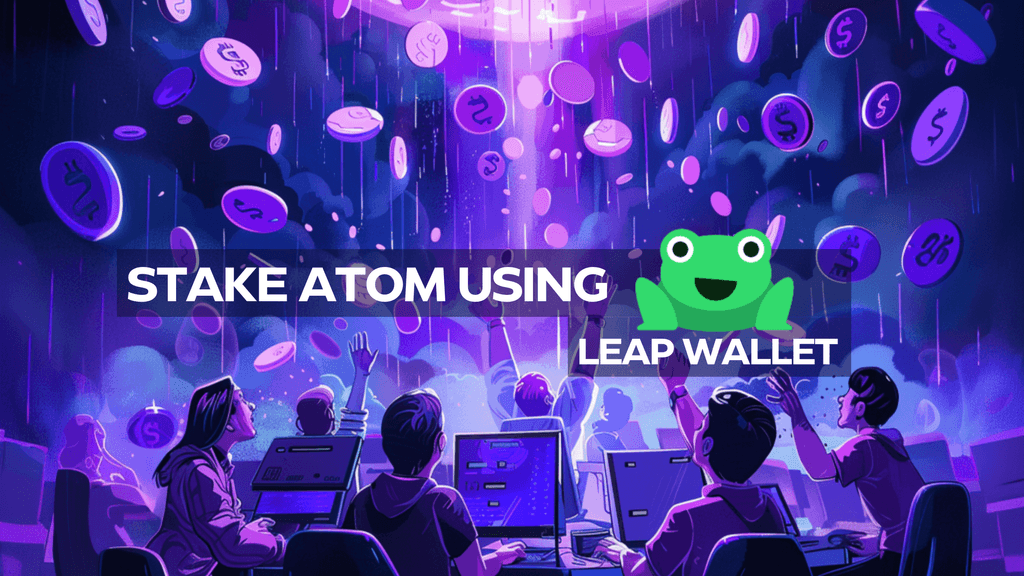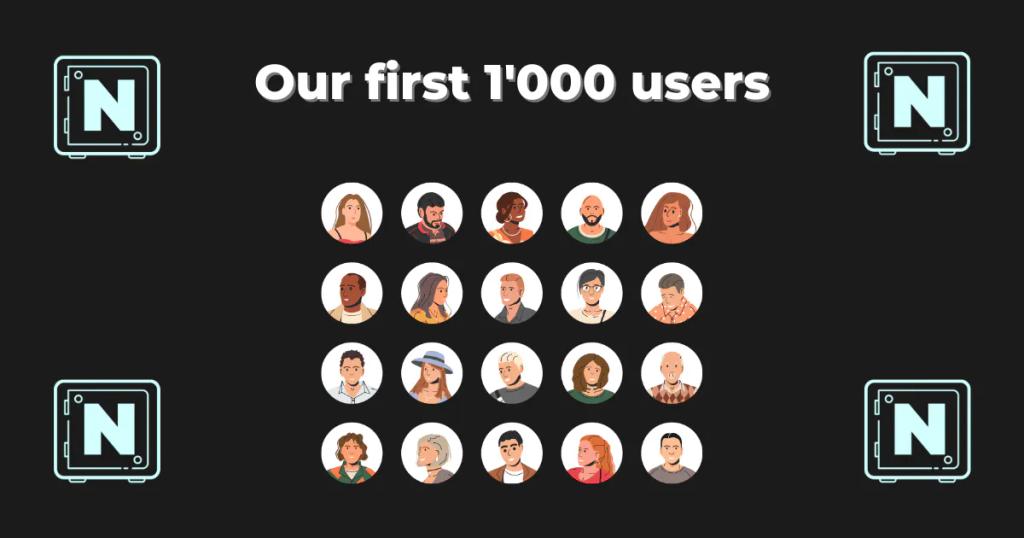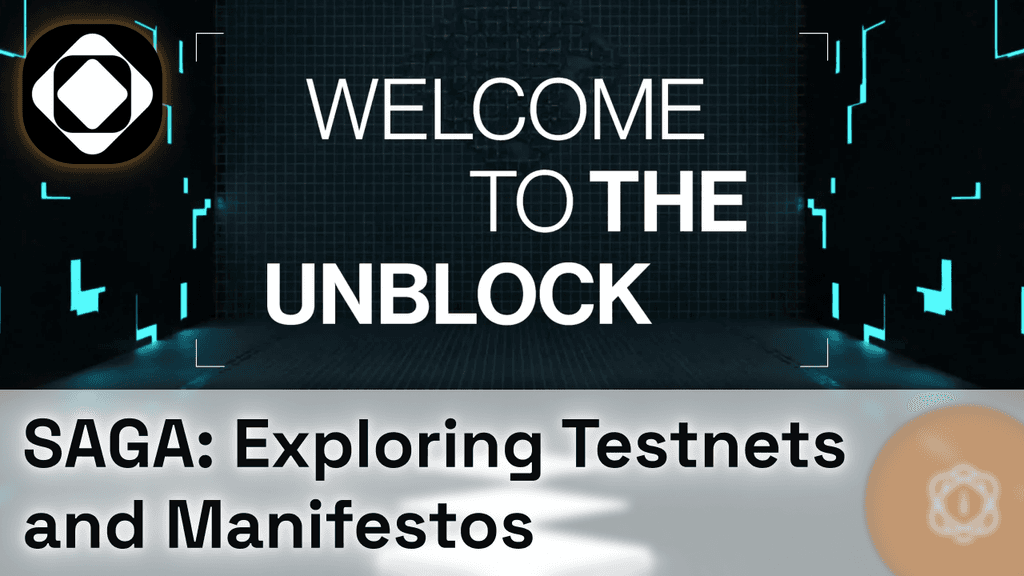Consider staking with my validator Stakecito
Channel Sponsors:
Persistence & Composable Finance
History of Nick White:
In 2016 he became interested in crypto through his friends’ interest in Ethereum and this eventually led him to co-found Harmony in 2018. The main purpose of the project was to solve scalability of blockchains through Sharding and Proof-of-Stake. In 2020, he learned about a new approach to scaling called Modular Blockchains and he knew it was going to revolutionize the industry. He was introduced to Cosmos in 2018 from doing regular research about the space. In his opinion, the impact of Cosmos is everywhere, even if it isn’t directly seen due to the thought leadership and vision behind the project.
Benefits of Modular Blockchains:
Celestia gives the benefits of appchains from the Cosmos model while getting shared security and ability
to deploy any application easy.
Below are the benefits of Celestia’s model:
1. Scaleable by default
2. Customizability
3. Sovereignty
How do you the end game for Cosmos/Ethereum and how does Celestia fit in? The vision of Cosmos is the internet of interoperable blockchains, and this is the end game for Web 3.0. The exponential growth of the internet couldn’t have been easily predicted, but like the internet has Thoughts on Interchain Security and Mesh Security: What is the tradeoff of Modular Blockchain technology?: Tradeoffs with roll ups and appchains: Architecture of Celestia and role of IBC: Use cases and projects launching on Celestia: What is the road to main net? What is the utility of their token? How big is the team? They are a lean team of about 40 people because having a bigger team leads to higher overhead costs What is going on with Cevmos? The project is still alive with more news coming early in 2023 but likely with a new name.
hundreds of millions of websites, we are going will have millions blockchains. The two main features that are lacking to realize that future is its expensive and difficult to deploy a blockchain and you don’t get shared security. Celestia solves both issues by enabling the launching of blockchains easily and provides shared security. Celestia is an appchain that offers data availability and consensus and doesn’t compete with Cosmos but provides a service.
Interchain Security is a valid path to go but the biggest issue is that it isn’t permissionless and isn’t very
scalable but on Celestia it is both permissionless and scalable.
With Mesh Security, he believes it has benefits but believes it is oversold with the potential benefits.
The biggest one is that if someone just wants to build a smart contract, it is more complex than on
something like Ethereum.
The biggest problem that still needs to be solved is roll up sequencing/node operating as a service.
Celestia runs the Consensus and Data Availability part but who is controlling the infrastructure part of
running the nodes? As of now, there is no solution for this but the mechanisms behind Interchain
Staking will serve as a basis to help solve this.
The process of recruiting nodes/validators and issuing a token is a harder process with an appchain than
with roll ups but there is less decentralization on roll ups.
Celestia is an appchain on Cosmos built with the Cosmos SDK and a modified version of Tendermint that
is IBC enabled. Data Availability Sampling is the new technology on Celestia that makes it unique.
Eclipse is exciting because they’re taking the Solana virtual machine and allowing this to be turned into a
Solana based roll up.
An app specific roll up that allows for the capture of Maximum Extractable Value (MEV) is a great use
case for the Celestia technology, this technology is being worked on by Skip. There are many other
interesting technologies being built with the most interesting being a zk roll up,
although unfortunately he couldn’t mention the name of the project.
They currently have several live test nets, in Q1 2023 they will be moving to an incentivized test net to
bootstrap the validator ecosystem, and likely in Q2 they will launch the main net.
The token will be used for staking and for paying for transaction fees as the main business of Celestia is
selling block space (per byte). Unlike Bitcoin and Ethereum who have a finite amount of block space,
which raises the cost of fees, on Celestia there isn’t a finite amount of block space because it can scale
through the number of nodes on the network. Their goals are cheap block space fees and to keep those
fees cheap for the long term as more users are brought onto the network.
and he doesn’t want to make the same mistake as they did with Harmony where they thought more was
better.





